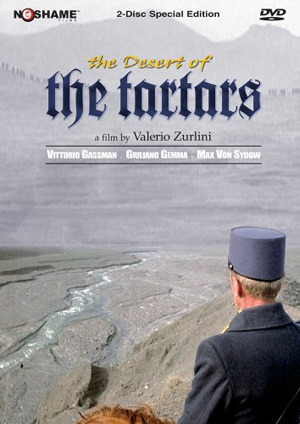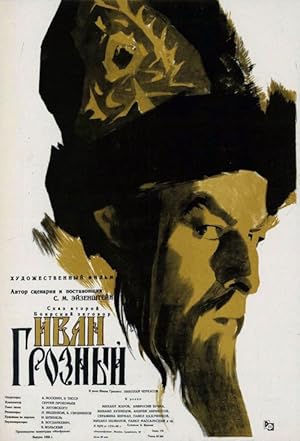Top 100 Tatars movies
Welcome to our curated selection of titles and articles connected to the keyword "Tatars". Here, you’ll discover a variety of content—spanning films, TV shows, news, and other media—that offers valuable insights, entertainment, and perspectives on this topic. Whether you’re deeply familiar with "Tatars" or just starting to explore, this collection is designed to guide you toward notable works, hidden gems, and must-read information.
The Desert of the Tartars (1976)
0
Lieutenant Giovanni Drogo is assigned to the old Bastiani border fortress where he expects an imminent attack by nomadic fearsome Tartars.
Andrei Rublev (1966)
1
An expansive Russian drama, this film focuses on the life of revered religious icon painter Andrei Rublev. Drifting from place to place in a tumultuous era, the peace-seeking monk eventually gains a reputation for his art. But after Rublev witnesses a brutal battle and unintentionally becomes involved, he takes a vow of silence and spends time away from his work. As he begins to ease his troubled soul, he takes steps towards becoming a painter once again.
Ivan the Terrible, Part I (1944)
1
Set during the early part of his reign, Ivan faces betrayal from the aristocracy and even his closest friends as he seeks to unite the Russian people. Sergei Eisenstein's final film, this is the first part of a three-part biopic of Tsar Ivan IV of Russia, which was never completed due to the producer's dissatisfaction with Eisenstein's attempts to use forbidden experimental filming techniques and excessive cost overruns. The second part was completed but not released for a decade after Eisenstein's death and a change of heart in the USSR government toward his work; the third part was only in its earliest stage of filming when shooting was


